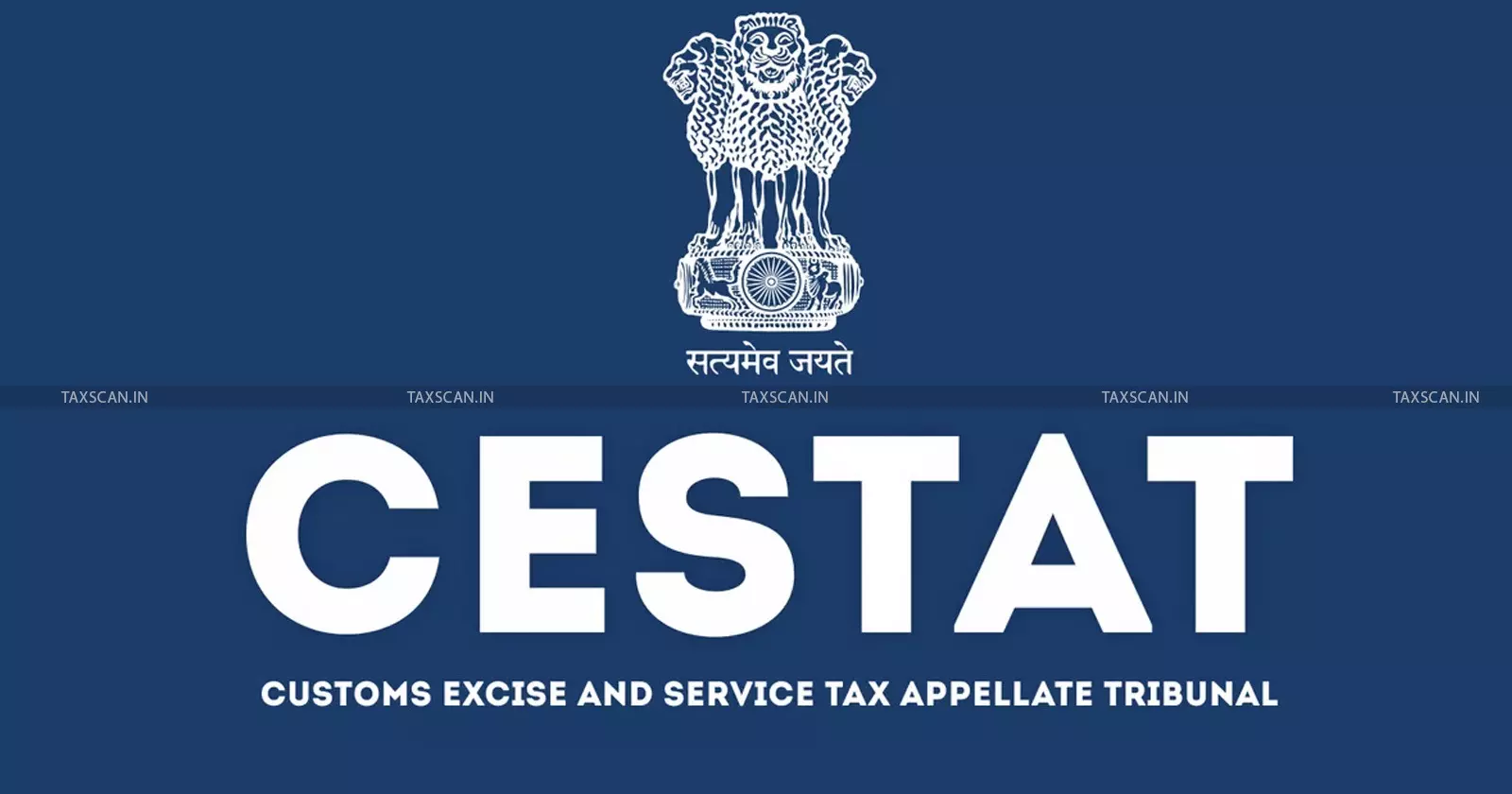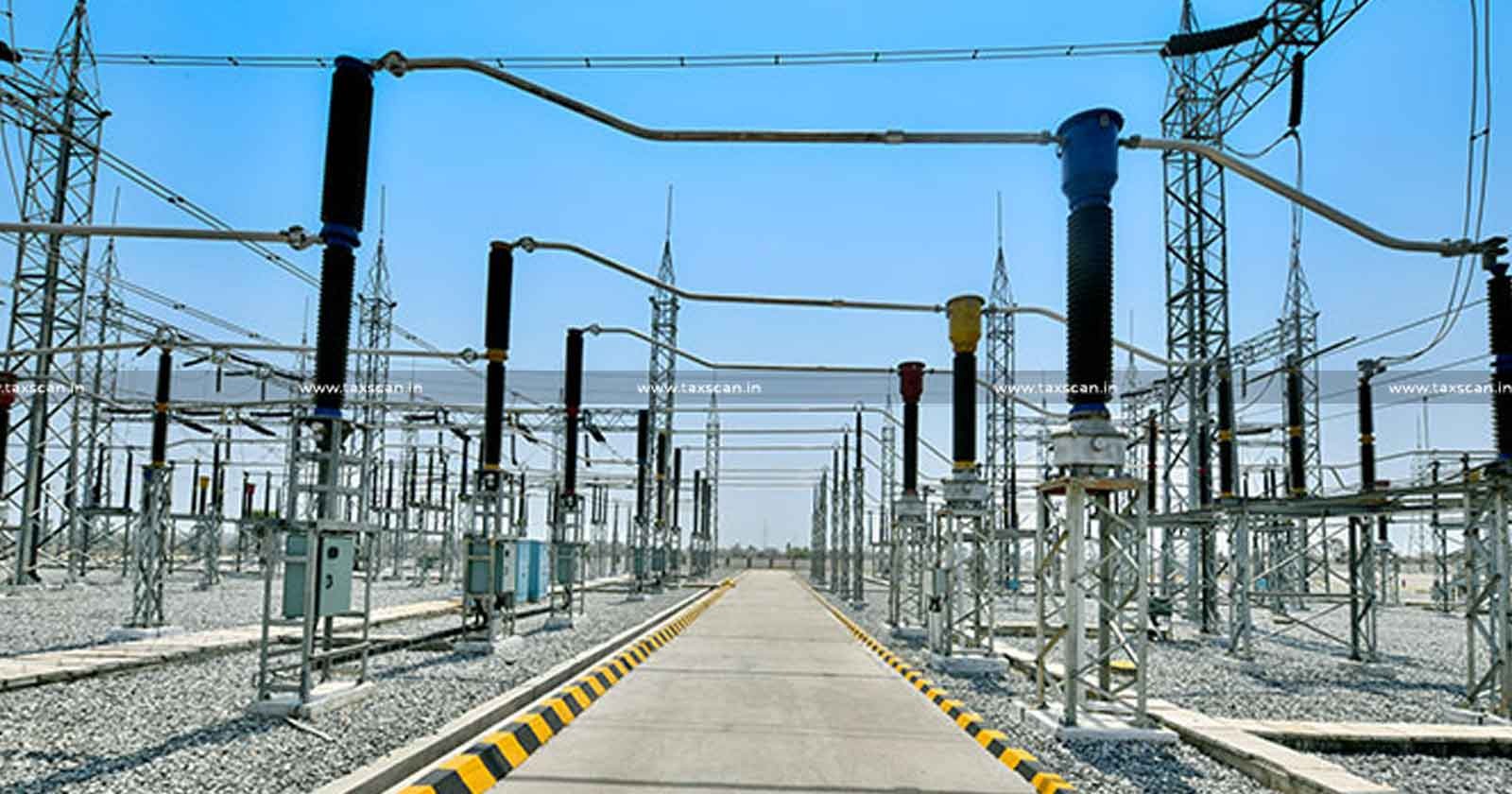Clandestine Removal must be proven through Complete Chain of Evidence, Not Estimates or Assumptions: CESTAT [Read Order]
CESTAT held that clandestine removal must be proven through a complete chain of evidence and not through assumptions based on electricity consumption

The Chennai Bench of the Customs, Excise, and Service Tax Appellate Tribunal (CESTAT) ruled that allegations of clandestine removal cannot be sustained unless the department establishes a complete chain of evidence showing actual manufacture and clearance, rather than relying on estimates or assumptions such as electricity consumption data.
Sri Poovathal Polymers (SPP), the main appellant, is a manufacturer of polybags falling under Chapter Heading 3923. Several other connected units were also issued demands. The department alleged that SPP had engaged in clandestine manufacture and clearance between March 2015 and June 2017.
The show-cause notice relied on a pen-drive seized from the residence of a partner, electricity consumption figures, and statements from certain buyers to compute unaccounted production.
The Commissioner confirmed the demand under Section 11A of the CentralExcise Act and denied SSI exemption to SPP and the other units by clubbing their clearances. Penalties were also imposed under Section 11AC and Rule 26 of the Central Excise Rules. Aggrieved by the Commissioner’s order, the appellants approached the CESTAT.
 Also Read:Electricity Charges Collected by Maintenance Firm Not Taxable Under Service Tax: CESTAT [Read Order]
Also Read:Electricity Charges Collected by Maintenance Firm Not Taxable Under Service Tax: CESTAT [Read Order]
Appearing for the appellants, Mr. S. Jaikumar, Mr. M. Karthikeyan (assisted by Shri Paul Priyadarshan), and Mr. Hari Radhakrishnan argued that the electronic evidence retrieved from the pen-drive could not be relied upon because it lacked the mandatory certificate under Section 36B of the Central Excise Act and Section 65B of the Indian Evidence Act.
They submitted that electricity consumption figures were used without considering key factors such as the shift from reprocessed material to virgin material, which naturally altered power usage. They also argued that crucial elements such as raw material procurement, production records, packing, transportation, and sale proceeds were never established by the department. Several judgments, including RA Castings, were relied on to support their position.
The revenue counsel responded that the department had rightly relied on the data retrieved during the investigation and the patterns of electricity consumption to conclude that clandestine production had occurred. The revenue also defended the Commissioner’s findings regarding clubbing of clearances and denial of SSI exemption.
 Also Read:CESTAT Sets Aside Service Tax Demand on Pre-Amendment Reimbursable Expenses u/s 67 of the Finance Act, 1994 [Read Order]
Also Read:CESTAT Sets Aside Service Tax Demand on Pre-Amendment Reimbursable Expenses u/s 67 of the Finance Act, 1994 [Read Order]
The two-member bench comprising P. Dinesha (Judicial Member) and Vasa Seshagiri Rao (Technical Member) agreed with the appellants’ arguments. The tribunal observed that the electronic evidence did not comply with the statutory requirements under Section 36B and could not be treated as admissible.
It further observed that electricity consumption cannot, by itself, prove clandestine manufacture. The tribunal explained that clandestine removal must be established through a chain of events, such as evidence of unaccounted raw materials, proof of actual manufacture, packing and transport records, and receipt of sale proceeds. None of these were shown in the present case.
The tribunal pointed out that any demand based only on inferences or assumptions cannot stand. It also found that the department had not produced concrete evidence to support the theory of clubbing the clearances of SPP with the other units. The main demand failed, so the penalties imposed on the appellants were also unsustainable. The appeals were allowed, and the demand and penalties were deleted.
Support our journalism by subscribing to Taxscan premium. Follow us on Telegram for quick updates


